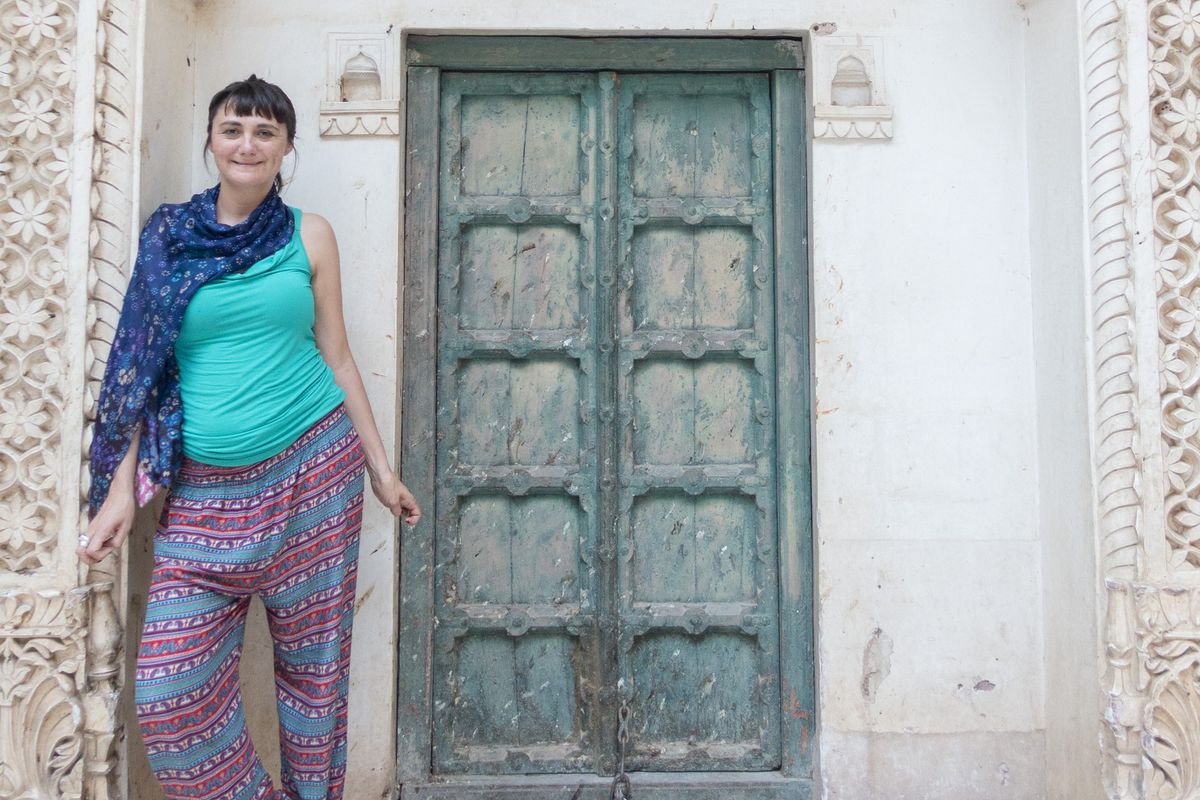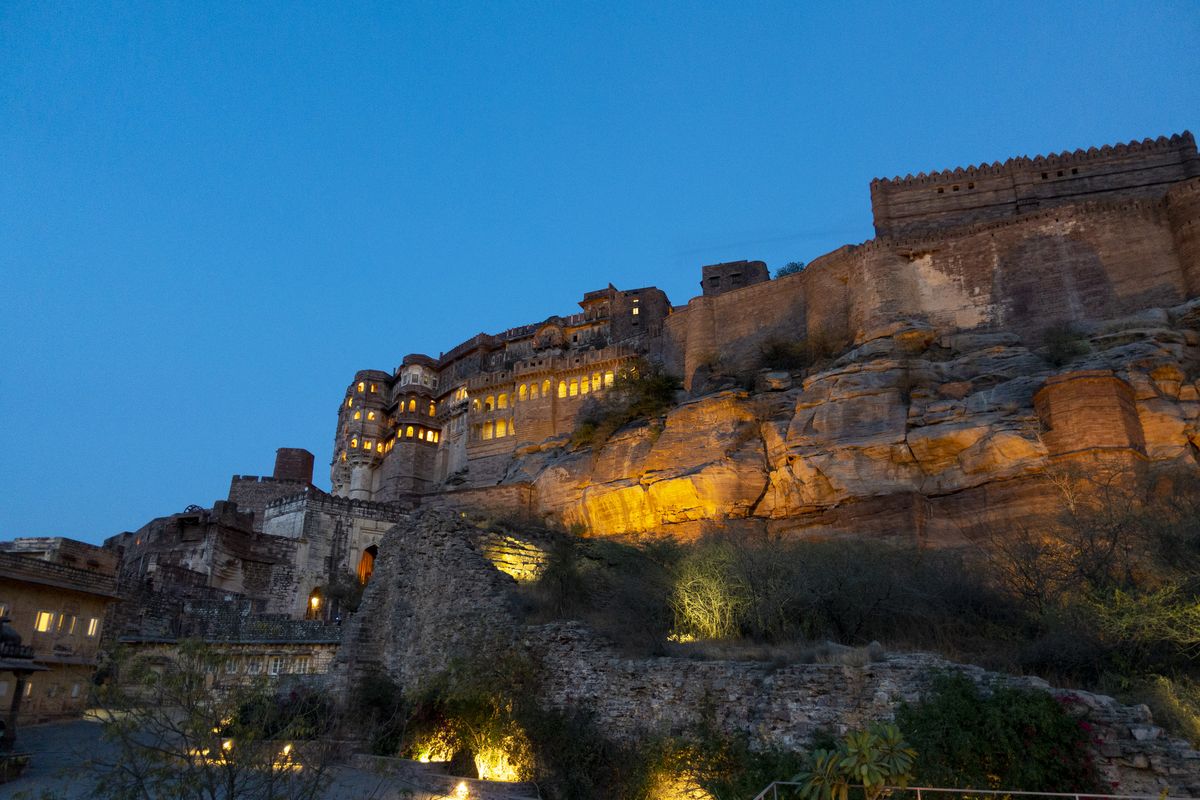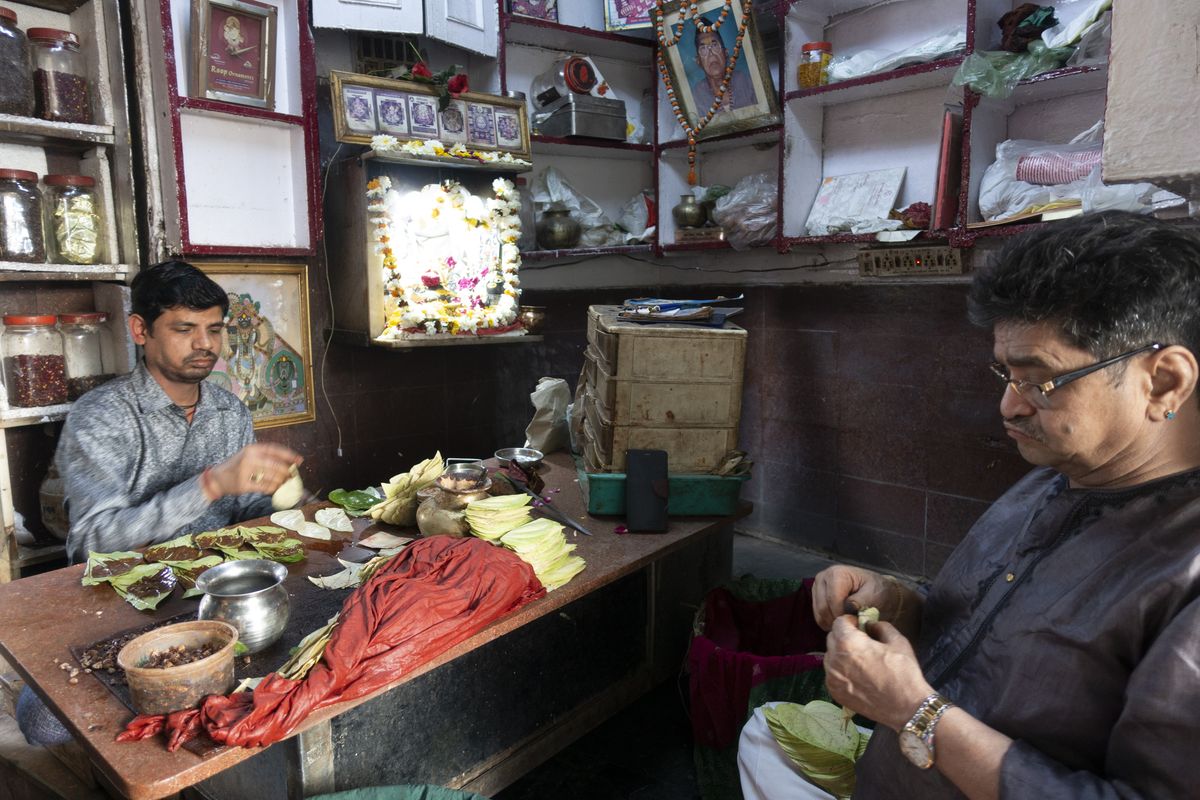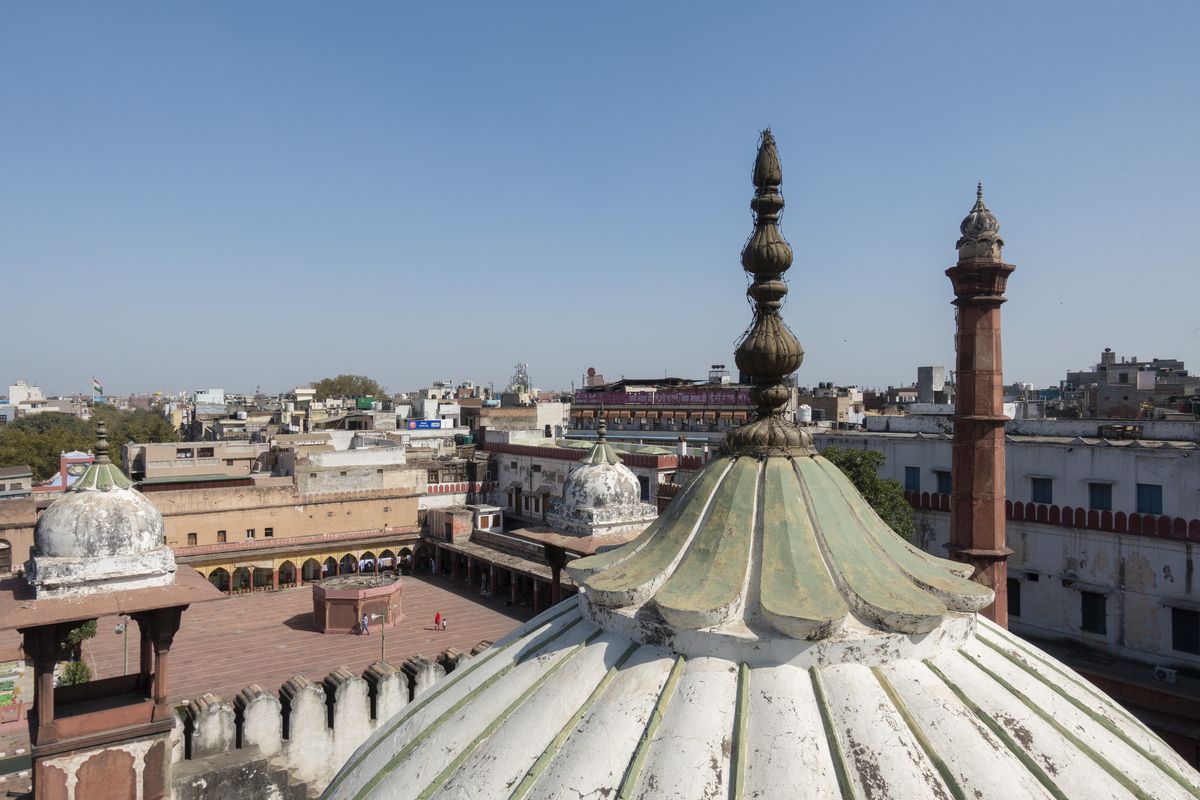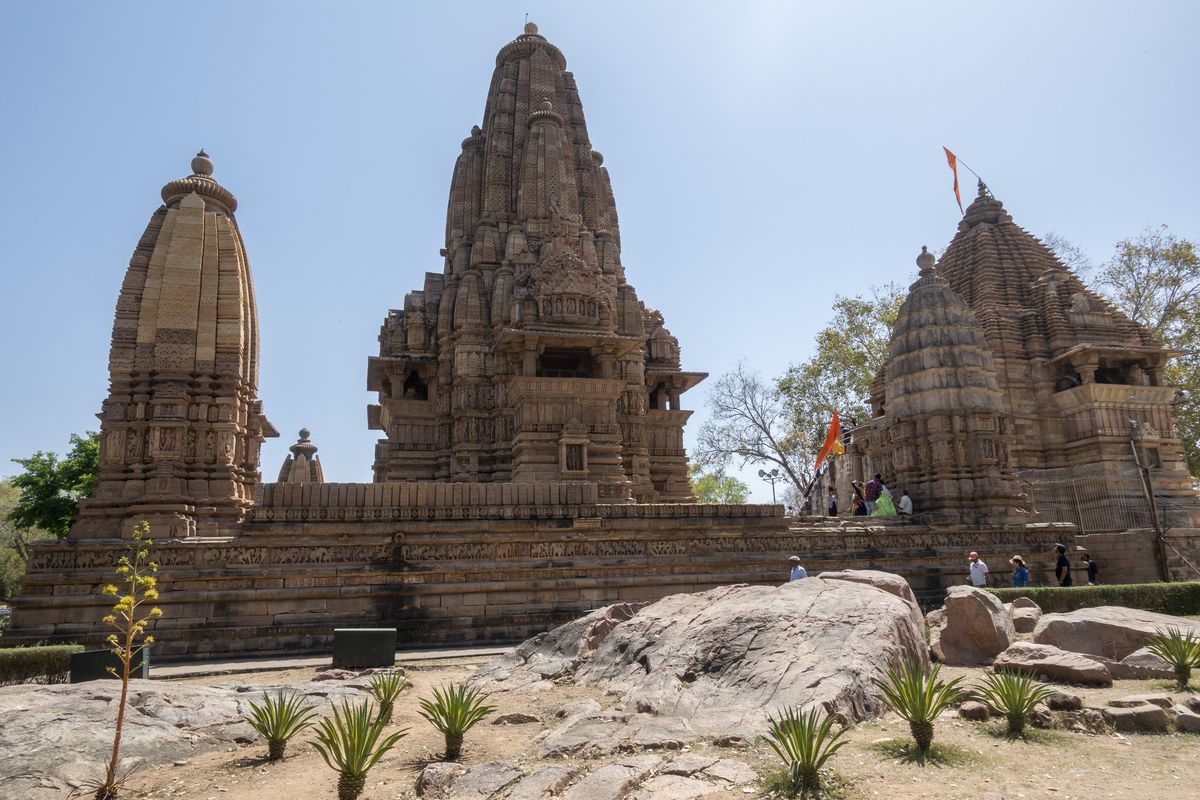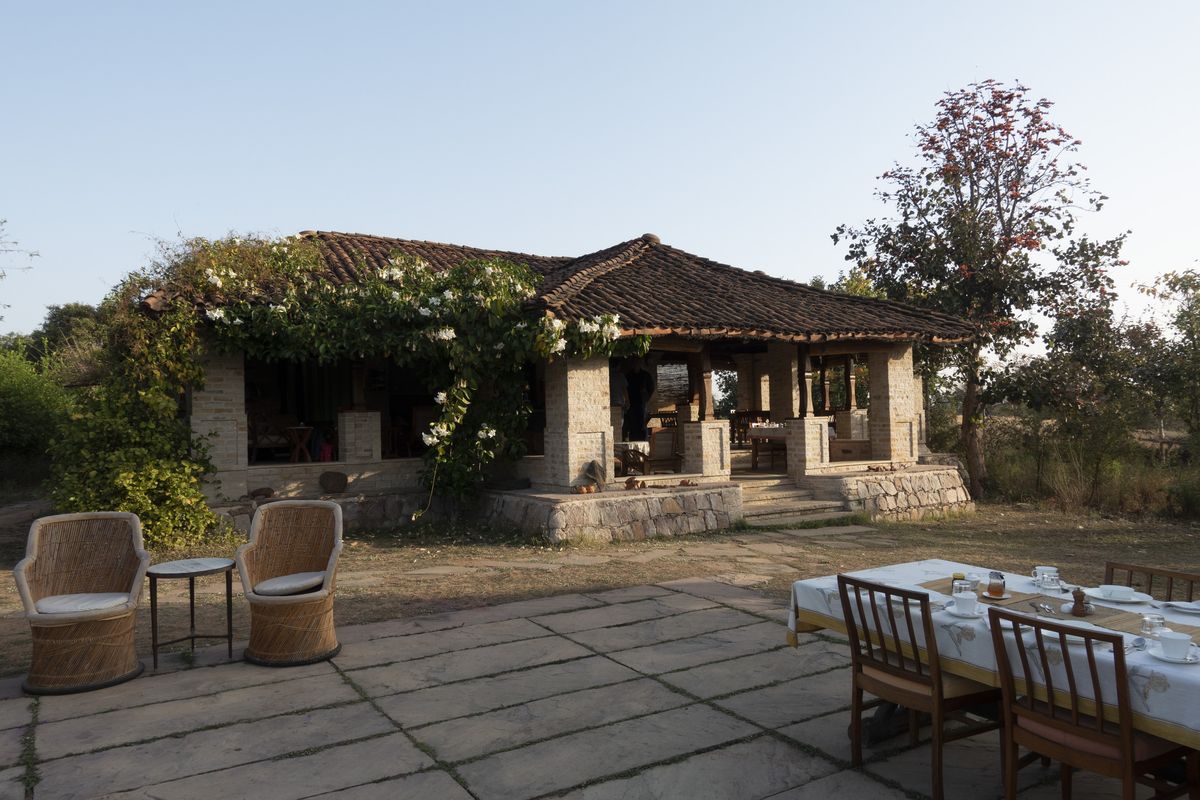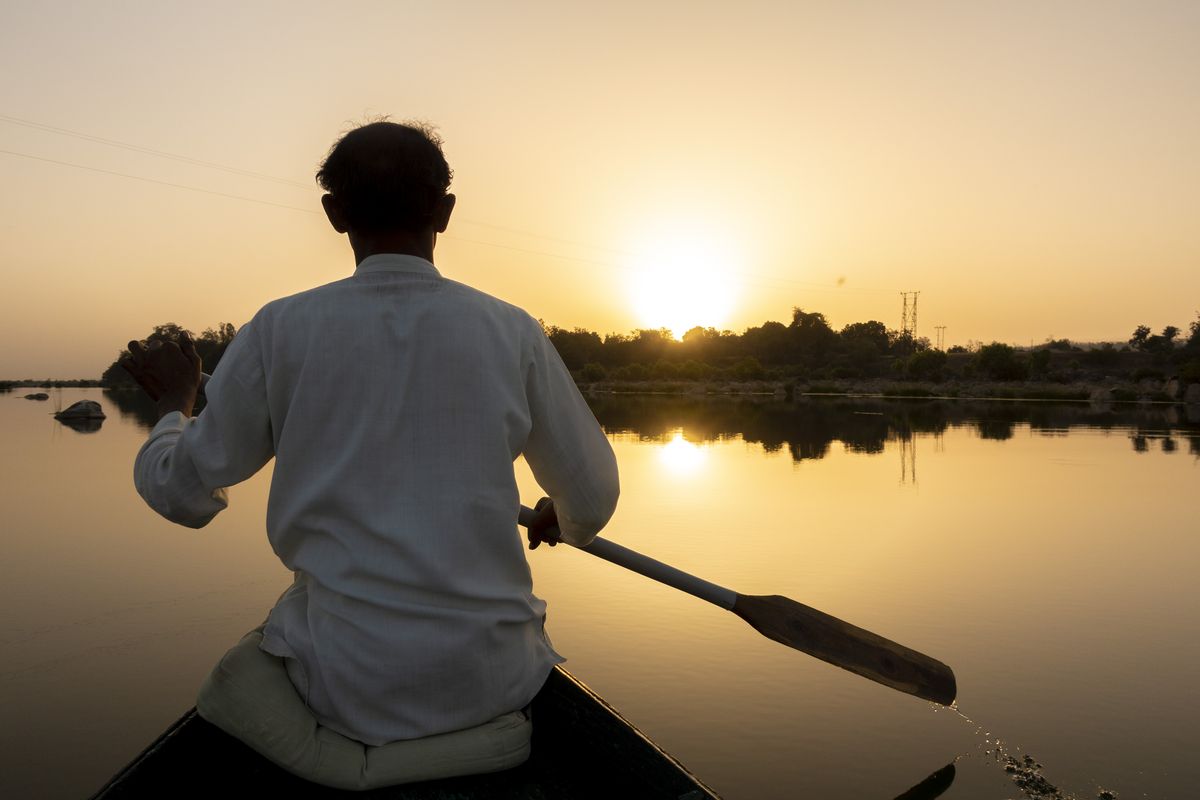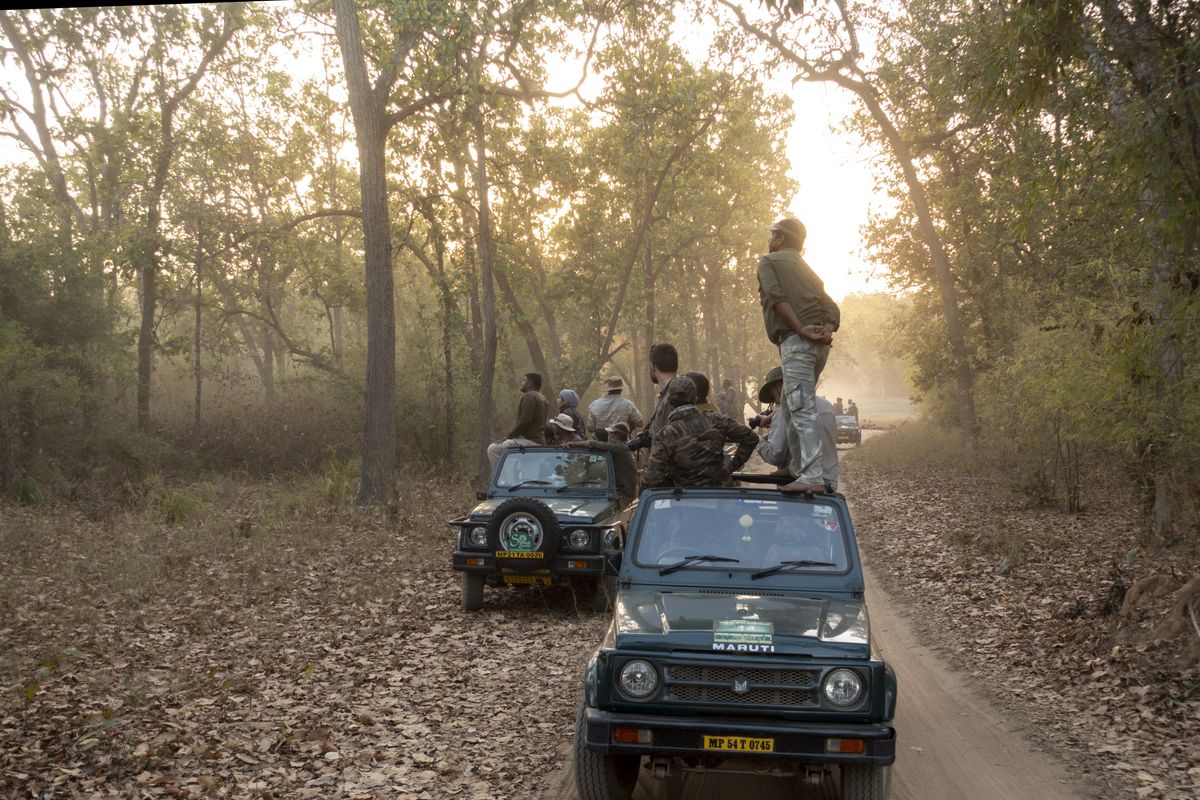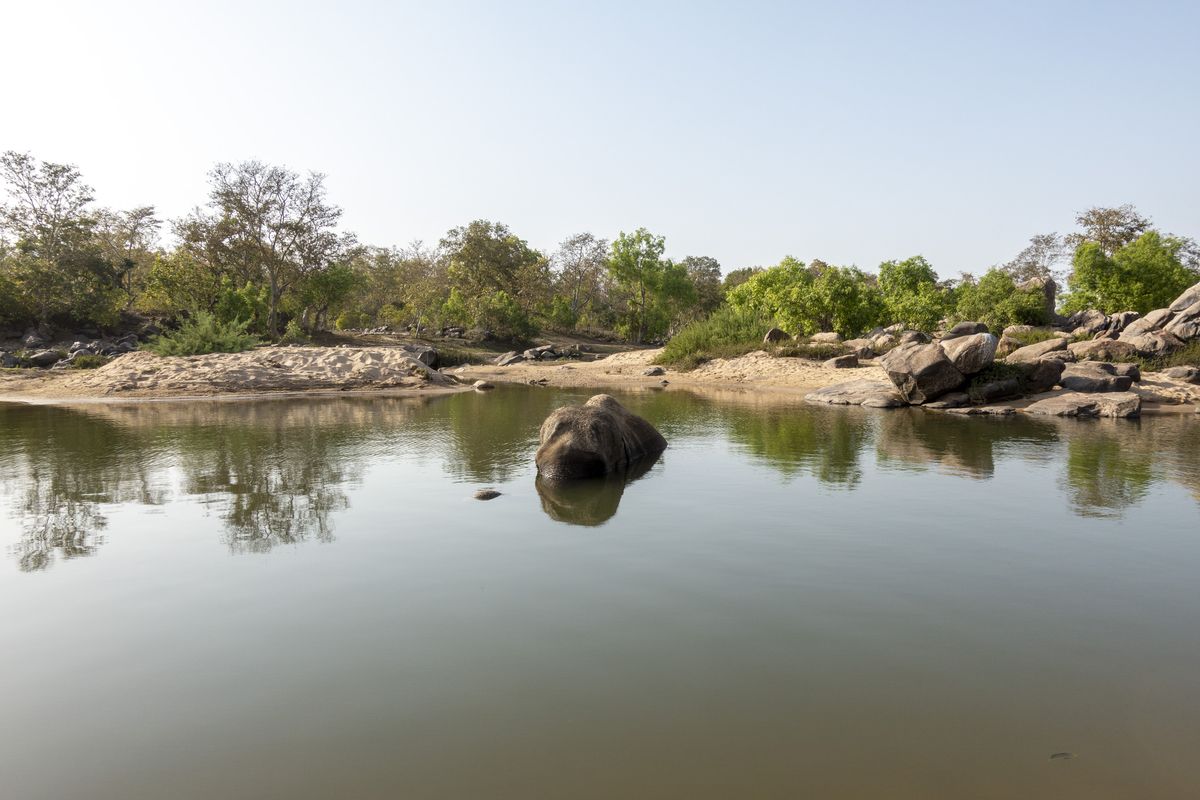Team travel journal: Kate in India
by Kate
Image gallery
'India is my first love in terms of travel. I first set foot there over 20 years ago, in my backpacking days, and fell head over heels with everything from the landscape to the people, the food and the wildlife. I was spellbound and my return visits, which I’ve made every couple of years since, are always very special.
Each time I go, I try to see somewhere new. On my recent two-week trip, the main focus was to head off the beaten track and explore the rural beauty of Madhya Pradesh, somewhere I hadn’t visited before and was keen to see. I was also looking forward to a few days in some cities I knew well, and having the chance to see them from a new angle.
It’s tempting to spend all your time in India in those headline cities – Delhi, of course, as well as Jodhpur, Udaipur, Jaipur, and Agra for the Taj Mahal - as there are just so many stunning sights to see. But it’s really worth making time to go into the countryside too. The change of pace is extraordinary, and you get to see a whole different side to India - one that’s slower in some ways, and more intense in others, and which gives you an honest glimpse of everyday rural life. Communities are more spread out in the countryside, and there are far fewer people jostling for the same square of space, so you can enjoy a sense of serenity with room to breathe that you rarely find in more urban areas.
Delhi
My trip began, as do many trips to India, in the sensorily-overloading and fabulously chaotic Delhi. Aside from arriving and departing from there on multiple occasions, I hadn’t spent much dedicated time in the city for about 15 years, so it was a wonderful surprise to find that the Old City had hardly changed at all - it was just as gloriously bustling and frenetic as I remembered it. I’ve got such fond memories of my first trip to India, and it’s a place that I associate with the some of the happiest times of my life, so it really brought a tear to my eye to go back and be in the middle of that incredible atmosphere all over again.
Whereas I’d navigated the city on my own during previous trips, this time I did a tour of Old Delhi with a guide. It was really worth it, as he was able to show us parts of the city we might otherwise never have found. He led us through the labyrinthian backstreets and highly scented spice markets, and we suddenly came out on a secluded rooftop, with an extraordinary view, which I never would have known was there! Our guide brought the whole area alive as he talked about the different parts dedicated to selling just one specific item – like a whole street selling bath taps – and the politics of whom to buy from. As our guide put it, in Old Delhi all eyes are upon you, in a good way. Everyone looks out for each other. It made me see this sometimes overwhelming city from a new angle, and really comprehend the sense of community at its heart.
Madhya Pradesh
After Delhi, we took an overnight train to Khajuraho, a small town in Madhya Pradesh famous for its ornately carved temples in the forest, with their unique depictions of erotic imagery from the Kama Sutra. Rail journeys are easily my favourite way of travelling, as they make the journey into an event, rather than just a means to an end. In this case, it was incredible to leave the heat and noise of Delhi as the sun was setting, fall asleep to the rhythmic rattle of the train tracks, and then wake up about 9 hours later as the sun rose over a drastically different landscape of farmland and unspoiled wilderness.
Sarai at Toria Eco Resort
The Sarai at Toria eco-resort - just outside Panna National Park and right on the Ken river - was our home-from-home for the night. This is a proper idyll, set in lush, high grassland under the protective shade of the trees, and built using environmentally conscious methods from traditional-style mud brick. We could see straight away that this was going to be a really laid back place to stay. One of the main reasons people visit this region is, of course, to see the tigers and other wildlife in the national park, but this hotel was much more than a traditional safari camp.
The owners, Joanna and Raghu, are leading figures in tiger conservation (especially crucial in this region, where tigers had pretty much become extinct until being reintroduced over recent years), and they have a true passion for preserving the natural environment. Their presence is integral to the charm of the resort, and they both took time to sit and chat with us over dinner and drinks around the campfire. Other than the Sarai, and one or two other lodges, this region is made up of farmers going about their daily lives, and you can really immerse yourself in the daily rhythms of rural Madhya Pradesh. I was only there for one night, but could easily have stayed for a lot longer, just soaking up the tranquility and taking it all in.
Ken River and Panna jeep safari
Early the next morning, we took a trip up the Ken River in a small boat rowed by a local guide, to see the landscape at sunrise. It was magical to be out at that hour, watching as the birds took flight from the water, just us and the boatman for 45 minutes of total tranquility. My companion was a keen birder, and excitedly pointed out herons standing in the shallows and kingfishers diving for their breakfast. It might sound a bit cheesy but, surrounded by nothing but miles of undeveloped countryside, I felt completely at one with nature, and it was absolutely worth getting up extra early for!
Our jeep safari into Panna itself was an amazing experience. The park is spread over three plateaus, and we wound our way steadily up until we got to the top and could look out over the vast gorge. From that high vantage point we could see for miles, watching flocks of vultures swoop overhead, and crocodiles gliding through the river below. We didn’t see tigers on this safari, but the whole landscape told that they were there somewhere, and we didn’t feel we’d missed out, as this park is just as much about the wider wildlife.
Samode Safari Lodge
The following day we drove four hours south to Bandhavgarh, possibly the most well known of Madhya Pradesh’s many national parks, and one of the best places in India for tiger spotting. The cost of a night at the elite Samode Safari Lodge where we stayed means it won’t be for everyone, but its premium price tag includes an in-house naturalist who, along with our official guide, accompanied us on our safaris into the park, and really brought the landscape to life.
He told us how the Acacia trees react if animals try to eat them, by releasing a toxin that makes them taste terrible, and how they can pass the ‘message’ on to other nearby trees via the roots - which is mindblowing! Our guide followed the alarm calls of the deer to track when a tiger was near, and we were eventually able to get within a few feet of the tigers and see them at breathtakingly close range. It was the extra touches that made it so special - even as we were on our way out of the park, as darkness was falling, our naturalist suddenly told us to look up, and there in the canopy was a flying squirrel preparing to leap!
Kanha National Park
Taking the road south, we headed for the Kipling Camp on the edges of Kanha National Park, the inspirational setting of Kipling’s Jungle Book, and our third park of the triptych. The accommodation is simple and rustic, but this resort is a one-off and a truly wonderful place to stay. Belinda, who runs the camp, has been closely involved with local conservation for years, and as a result, the camp has one particularly famous resident: Tara, the elephant, who once accompanied renowned naturalist Mark Shand on his travels. Now retired, Tara has a caring home at the camp, and spends her days out in the forest, and bathing in the river, which was a joy to watch.
Kanha and Panna both complement Bandhavgarh really well, and I really recommend combining all three in one trip to get a rounded experience of the region. We had the chance to see tigers at close range for fantastic photo opportunities at Bandhavgarh, and from further away without the crowds at Kanha, both of which were breathtaking experiences in their own way, alongside seeing a wide range of other fascinating wildlife.
Leopard spotting in Jawai National Park (Rajasthan)
For the last part of our trip, we headed back into familiar Rajasthan, where we enjoyed a few last memorable highlights. We just had time to squeeze in a visit to Jawai National Park in Jodhpur, and saw leopards roaming through their dry, mountainous habitat - a complete contrast to the lush vegetation of Madhya Pradesh. We stayed in glamping style tented camps dotted around the edge, perfect for kicking back after a day buzzing through the park in a jeep. I was really thrilled to finally see leopards in the wild, as I’d never had the chance before. In Jawai, the leopards are a little more elusive than in, for example, Sri Lanka, and the thrill of the search made finally finding them even more of a highlight. Observing the animals from a distance meant we knew they weren’t being disturbed by our presence, which was really reassuring.
There were so many more extraordinary moments, such as having a private champagne tour of Mehrangarh Fort followed by a wonderful dinner with the fort’s illuminated against the sunset in the background, wandering through the busy morning markets around Panna, or simply enjoying incredible home-cooked meals served with a wonderfully warm welcome. I’m planning my next India visit already, as I know I can’t stay away for very long…'
For more inspiration, take a look at our Walk on the Wild Side journey, speak to one of our India Specialists on +44 (0)1273 670 001, or send us your enquiry.
by Kate on 27th June 2019
